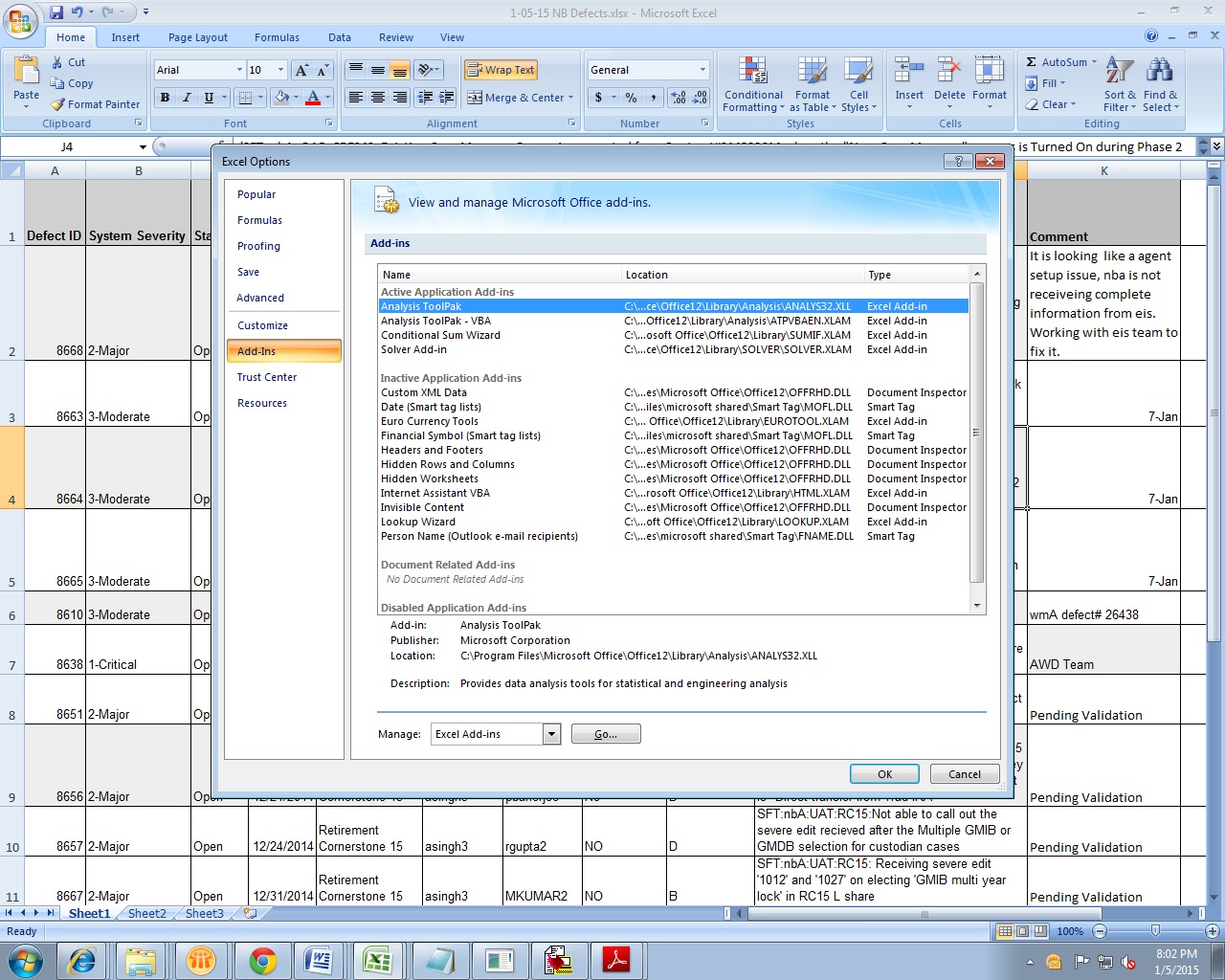January 5, 2015 by akhilendra
Business Analytics Part 7- Descriptive Analysis Vs Inferential Analysis
Machine learning course
Learn machine learning and data science with R and python. Learn applied statistics and build models. Click on the button below to learn more. 14 Days full money Refund guarantee. Only $55 (3999 INR)
You have already covered good ground if you have been following this tutorial from beginning but if you haven’t, you can simply use the link for previous chapters at the bottom of each post.
So far, we have covered various statistical tests like f test, p test, one way ANOVA, two ANOVA etc. They are important to understand in order start your journey in the world of Data Science.
Now we are going to further expand our horizon and look at these tests from the bird eye view or from the top. That is why we need to understand descriptive and inferential analysis.
Descriptive Analysis & Inferential Analysis
First quickly go through the basic definition of the descriptive and inferential analysis in order to understand them;
Descriptive Analysis
it could be defined as the process of summarizing data numerically to represent it in a compact and meaningful way where the representation help reader in understanding the broad overview of the data. it is used to represent the distribution pattern of a data. it is not based on probability theory and it is solely used to read the data rather than deriving any forecasting from it. Descriptive analysis is a quantitative study of the sample and use following values to summarize the data;
- Mean
- Standard Error
- Mode
- Standard Deviation
- Sample Variance
- Kurtosis
- Skewness
- Range
- Minimum Value
- Maximum Value
- Sum
- Count
Inferential Analysis
As the term suggest, analysis to derive inferences from a data is called inferential analysis. Objective of Inferential Analysis to produce actionable information which can be used to create business strategies by figuring out the relationship between variables, level and other factors involved in a study. Example of Inferential Analysis are- ANOVA, ANCOVA, T test etc.
Inferential Analysis also use similar values like mean, mode and standard deviation but the purpose is entirely different than descriptive analysis.
Descriptive Vs Inferential Analysis
As mentioned above, purpose of descriptive analysis is to summarize data for better representation whereas inferential analysis is all about derive inputs for future strategies.
In the next chapter, we will study further about data science topics and predictive modelling techniques like correlation, linear regression etc.
Descriptive Analysis Case Study
In this case study, we will use excel to perform Descriptive Analysis on a data set.
In the past chapters also, we have used excel to perform various statistical calculations like 2 way ANOVA, t test etc.
You too can use excel to perform all of these calculations. Microsoft excel is readily available. It’s quick and easy to use.
In order to use excel to perform statistical calculations using excel, you need to install “Analysis Toolpak” add in.
It’s free and can be installed easily.
Simply use the steps mentioned in the excel screen shots to install “Analysis Toolpak”.
After installing it, navigate Data tab in the top menu, you will find “data analysis” in the extreme right. Upon clicking it, a pop up is presented with all the statistic options and you will have to select the “description analysis” in that.


Latest Version Microsoft Excel


We will have separate chapters at later stage on using Microsoft excel for performing statistic calculations.
In this example, we have use Microsoft excel to perform descriptive analysis on historical index prices for BSE Sensex (Bombay stock exchange).


Leave a Reply